Rubber spinning sending dirt and rocks flying, muscles twitching handlebars for control, and all of it coming together in front of a dark background of trees for the camera. Photography is probably one of the best ways to remember and enjoy our days out playing in the dirt.
Whether it’s the crew you're with, the rad areas you’ve ridden or the challenging sections you've attempted/slayed, it’s always sweet to have something to look back on and to share with our friends.
From looking at a lot of people’s photos that come across Facebook and Instagram, it’s easy to see that shooting quality photos in the environment that motos, ATVs and side-by-sides play in can be a challenge. There are a lot of things working against the camera, but they are all things that a few tips can help improve.
1. Camera gear
A DSLR with two lenses—a wide angle and telephoto—will have you set up for almost every situation. No matter what anyone says, nothing beats a DSLR. Why do you think that’s what professionals are rocking?
There are many options and price ranges to choose from. If you look on Craigslist or Kijiji, you’ll find there are deals aplenty. You can get set up for less than the price of a modern smartphone and you’ll get better photos. Buying Canon or Nikon will give you more options in the future for buying used gear as they are the two largest brands with arguably the widest range of lenses and bodies available.
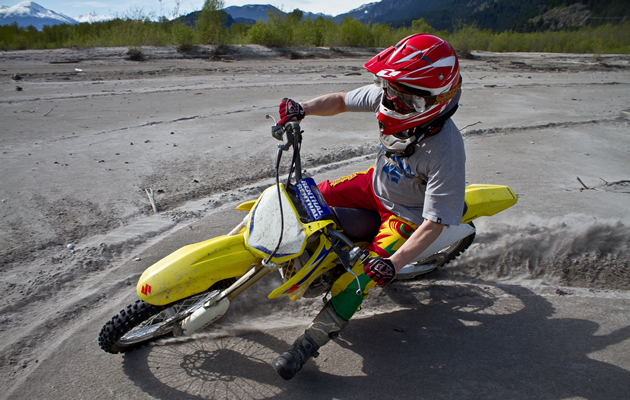
By standing above the rider (Sean Nicol) and shooting at a slightly downward angle on the inside of a corner, this shot captured a sense of speed and movement. — Matthew Mallory photo
2. Learn to shoot in manual mode
When shooting moving objects, it’s important to have a high shutter speed—consider 800 to be the lowest, with optimum being 1200 to 1400. To achieve this, you also need to control the ISO and aperture.
3. Depth of field
To make it simple, depth of field is the amount of sharpness in a photo. A high aperture setting will create a photo where the foreground and background are kept sharp, whereas a low aperture will create a blurry background when an object in the foreground is in focus. Keeping the rider in focus with a shallow depth of field is the best way to draw the viewer’s eye to the action.
4. Composition
Setting up a cool shot can be harder than it looks. If you are in an area that has a sweet background, make the rider a little smaller and include the background. If you are in a visually less interesting area, shoot close up with the rider filling the frame. Learn the rule of thirds (Google it) and how to apply it to your photos.
5. Colours
Get your shred crew to avoid blacks and, if possible, add a little bright pop to their clothing and especially their helmet. That being said, fluorescents can be hard to balance when you are dealing with earth tone backdrops so normal greens, yellows, oranges, etc. seem to be the best.
6. Location
Choosing a shooting location when a lot of our activities take place under a tree canopy can be crucial to capturing a decent photo. If it’s really dark, odds are the photo is not going to turn out without a remote flash set up so look for openings—places where the sky shines through, giving your lens more natural light. And don’t forget—action, action, action!
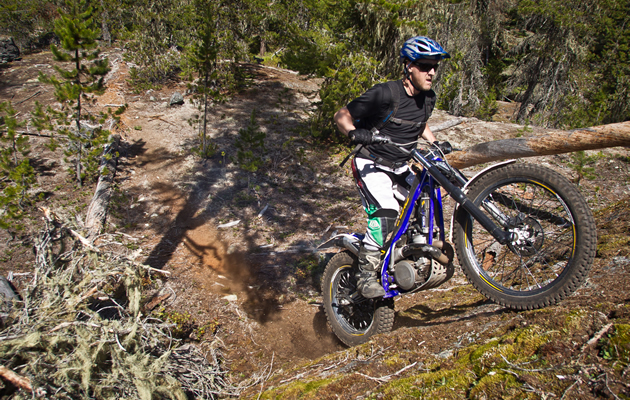
Taking a couple of minutes to look around at different angles and how the light is hitting can make all the difference between a rad shot and a ho-hum one. (Rider: Sean Nicol) — Matthew Mallory photo
7. Action
Whether it’s trail or track, look for sections where the rider is physically doing something—drifting a corner, leaning the bike, jumping or climbing over a log or rock. Action is always more entertaining. Try not to shoot riders straight on. Composition and action-wise, having the rider at an angle or from the side is visually more pleasing and helps to tell the story of what is happening in the photo.
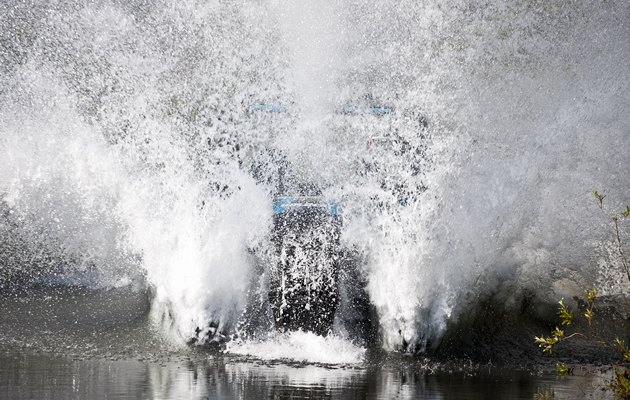
Shooting a high-speed sequence allows you to capture a string of shots, and then choose the photo that is best. — Matthew Mallory photo
8. Edit
Photos fresh out of the camera, even with the best “pro” gear going, can use a little touch up. Slight colour corrections, contrast, brightness and a little sharpening can go a long way. If you have the option and an editing program, shoot in the raw image format as opposed to jpeg. There is very little editing that can be done to a jpeg without compromising the quality of the photo.
9. Investigate
The Internet has changed many things, including making it possible to learn much that was at one time the realm of trial and error or long and expensive courses. Learn common photo terms, search out what they mean and how they can apply to your stage of learning.
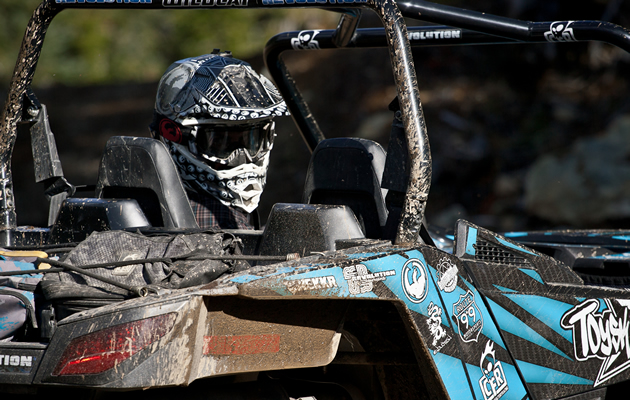
When snapping those candid lifestyle shots, you can make them more interesting by shooting when people are not paying attention to the camera; use the element of surprise. (Driver: Barrett Hepburn) — Matthew Mallory photo
10. Shoot
Shoot as much as you can, look at other photos and photographers whose work you like and figure out how they got the shot.
Most of all, have fun with it.
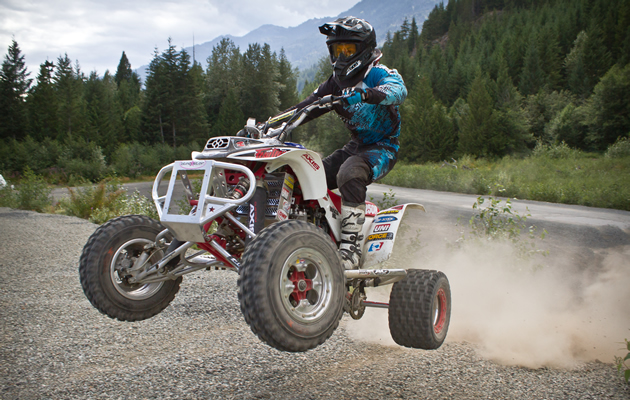



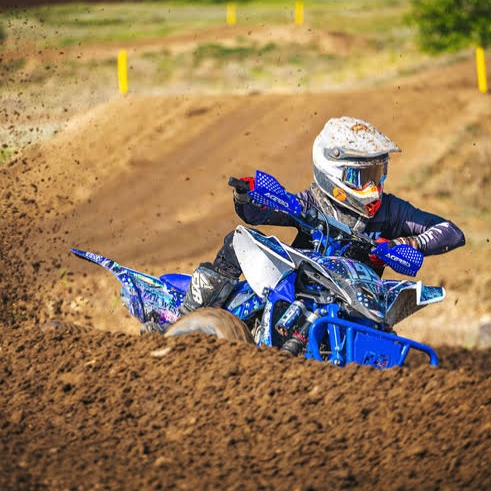
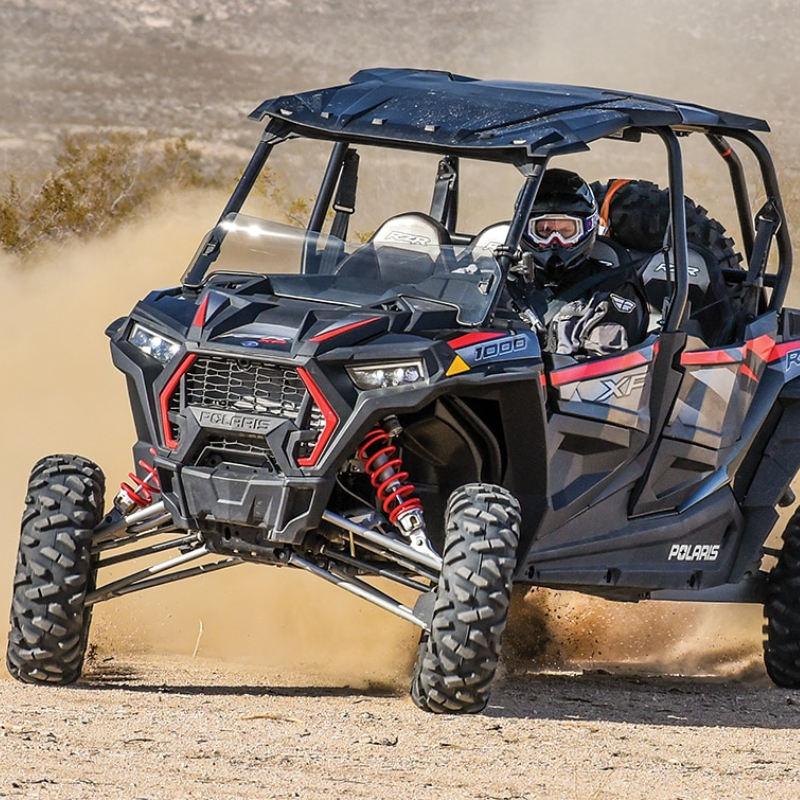
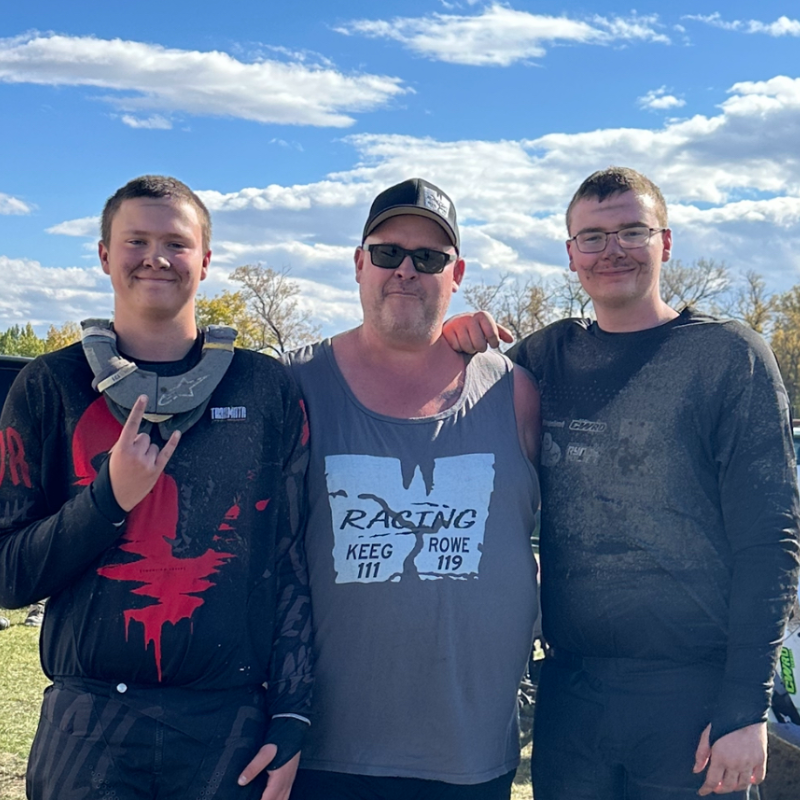

Comments